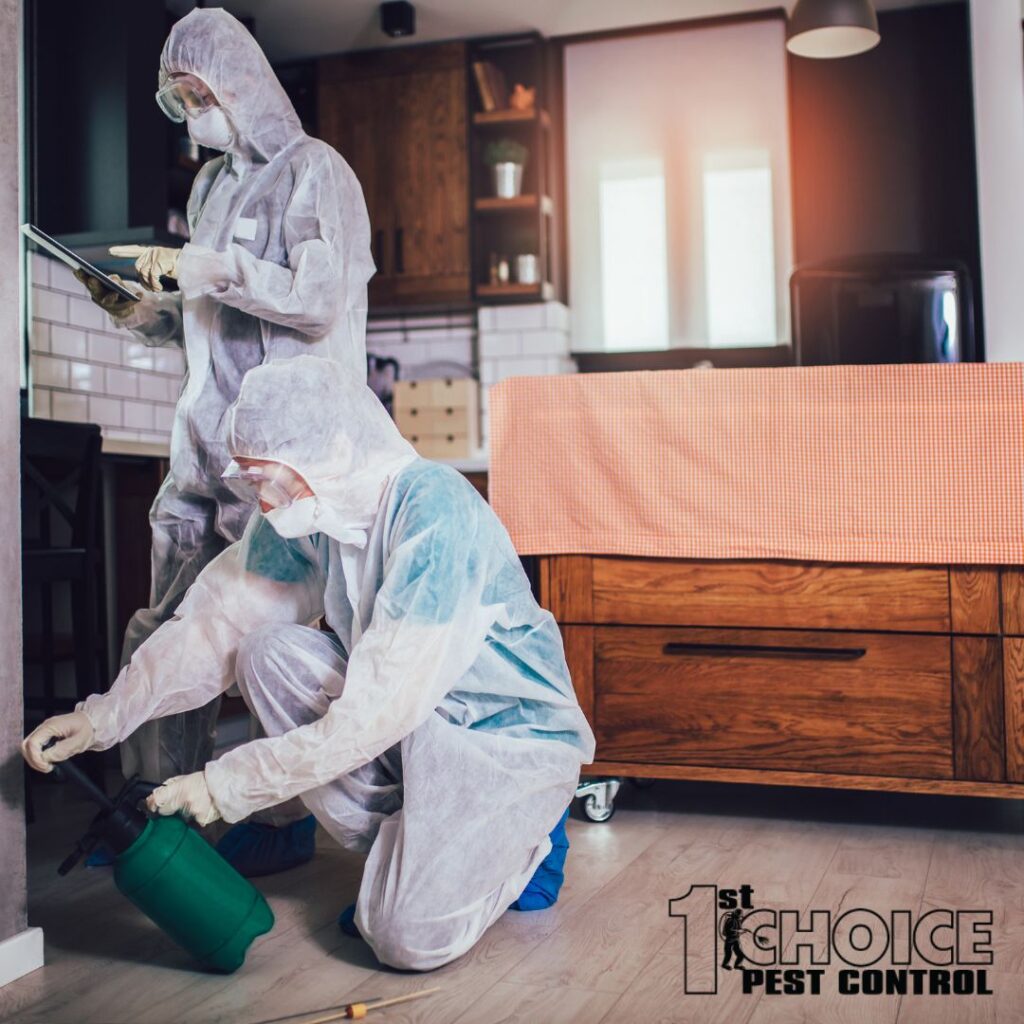Understanding Emerging Pest Threats Challenges: Essential Knowledge for Homeowners
In the ever-changing landscape of our environment, it’s not just our lives and landscapes that evolve; pests, too, are on the move. As homeowners, it’s crucial to stay ahead of the curve and understand the emerging pest threats that could impact our homes and well-being. Welcome to our blog, where we delve into the world of “Emerging Pest Threats: What Homeowners Need to Know.”
The world of pests is dynamic, and various factors are reshaping their behavior and distribution. From the undeniable influence of climate change to the challenges posed by invasive species and the increased risk of vector-borne diseases, our homes are facing new and evolving pest challenges.
This blog aims to shed light on these emerging threats and equip you with knowledge on how to safeguard your home and loved ones. Join us as we explore the impacts of these changes, innovative pest control strategies, and practical steps you can take to proactively address these issues. Knowledge is the first line of defense, and together, we’ll stay informed and protected in the face of evolving pest threats.
The Impact of Climate Change on Pest Behavior
As our climate continues to shift, so do the habits and habitats of pests. The warming temperatures, altered precipitation patterns, and changing seasons have a profound impact on pest behavior and distribution. Pests that were once confined to specific regions are now spreading to new areas, presenting homeowners with unfamiliar challenges.
For example, warmer winters can lead to increased survival rates for overwintering pests, such as ticks and beetles, making them more prevalent throughout the year. Additionally, extended growing seasons can result in larger pest populations, as they have more time to reproduce.
Understanding how climate change influences pest behavior is essential for homeowners. It not only helps you anticipate potential infestations but also guides your pest prevention and control efforts. In this section, we’ll delve into specific examples of how climate change affects pests and what you can do to protect your home.
Invasive Species and Their Impact
Invasive species, often introduced to new environments unintentionally, pose a significant threat to ecosystems and can also wreak havoc on homes. These non-native species have the ability to outcompete native flora and fauna, and they often lack natural predators, allowing their populations to explode.
From a homeowner’s perspective, invasive pests can be especially troublesome. They have the potential to damage property, disrupt local ecosystems, and even pose health risks. To navigate this emerging threat, it’s essential to understand which invasive species may be encroaching on your area and the risks they present.
We’ll delve into the world of invasive pests, highlighting specific species that have become problematic in various regions. By recognizing these invaders and their potential for harm, you can take proactive measures to protect your home and the local environment from their negative impact.
Vector-Borne Diseases and Pest-Related Health Concerns
Emerging pest threats encompass not only property damage but also health hazards. Certain pests play a pivotal role as vectors, transmitting diseases to humans and animals. Climate change and shifting environmental conditions can significantly impact the prevalence and distribution of these disease-carrying pests.
For example, ticks and mosquitoes are well-known vectors for diseases like Lyme disease, West Nile virus, and Zika virus. As temperatures rise and humidity levels change, the geographic range of these pests expands, exposing more people to potential infections.
In this section, we will delve into the latest information on vector-borne diseases, highlighting the pests responsible for their transmission and the regions where these diseases are becoming more prevalent. We will emphasize the importance of staying informed about the risks these pests pose and the measures you can take to protect yourself and your family.
You’ll find guidance on avoiding exposure to disease-carrying pests, such as wearing appropriate clothing, using repellents, and conducting thorough tick checks after spending time outdoors. Additionally, we will discuss strategies for mitigating the risks these pests pose, both in your home and your outdoor activities. By staying informed and practicing preventative measures, you can enjoy peace of mind knowing you’re taking proactive steps to safeguard your family’s health.
The Role of Globalization in Pest Spread
In today’s interconnected world, pests don’t respect borders. Globalization, international trade, and extensive travel networks play a significant role in the rapid spread of pests to new regions. Invasive species, pathogens, and pests hitch rides on cargo, luggage, and even with travelers themselves, crossing continents and oceans.
Understanding the intricate relationship between globalization and pest spread is essential for homeowners. We’ll provide real-world examples of pests that have been introduced to new areas due to human activities. These examples will underscore the importance of recognizing the factors that contribute to the spread of pests.
By understanding the mechanisms of pest introduction and spread, you can take steps to minimize the risk of introducing new threats to your region. We’ll discuss the role of increased international trade, the transportation of goods, and even the movement of people in facilitating the spread of pests. This knowledge will empower you to make informed choices and advocate for responsible practices in your community.
Emerging Pest Control Strategies
As pests continually adapt to changing conditions, pest control strategies must evolve as well. In this section, we’ll explore the latest developments in pest management methods and technologies that are being developed to address emerging pest threats.
These evolving strategies prioritize effectiveness, environmental sustainability, and long-term prevention. Integrated Pest Management (IPM) approaches, for instance, emphasize a holistic approach to pest control that aims to minimize pesticide use while effectively managing pest populations. We’ll delve into the principles of IPM and how homeowners can implement these strategies to protect their homes.
Additionally, we’ll highlight eco-friendly solutions that minimize harm to non-target species and the environment. These solutions may include the use of biological controls, such as natural predators or parasites, and the careful selection of pesticides that have lower environmental impacts.
By staying informed about these innovative pest control methods, you can make informed choices when addressing pest issues in your home. Whether you’re dealing with invasive species or pests influenced by climate change, these evolving strategies offer effective and sustainable alternatives to traditional pest control approaches.
Early Detection and Prevention for Homeowners
Proactive measures are paramount when it comes to managing emerging pest threats. Early detection and prevention are the keys to staying ahead of the game. In this section, we’ll provide practical tips for homeowners to detect and prevent these pests on their properties.
We’ll start by emphasizing the importance of regular inspections. Routine checks of your home’s exterior and interior can help you spot potential pest issues before they become major infestations. We’ll guide you on what to look for, such as signs of pest activity, unusual damage, or entry points pests might use to gain access to your home.
Additionally, we’ll discuss the role of monitoring tools, such as traps and pheromone lures, in detecting emerging pest threats early. These tools can help you identify and address issues before they escalate.
Moreover, we’ll provide guidance on implementing proactive measures to minimize the risk of infestations. This may include sealing cracks and gaps in your home’s structure, practicing proper sanitation, and implementing landscaping practices that discourage pests.
By staying vigilant and taking action as soon as you notice any potential pest issues, you can prevent emerging pest challenges from becoming major problems. Early detection and prevention not only save you time and money but also contribute to a healthier living environment.
Seeking Professional Pest Control Services
While homeowners can take many preventative measures, there are times when professional pest control services are necessary to address emerging pest threats effectively. In this final section, we’ll advise homeowners on when it’s best to consult with experts.
We’ll provide information on how pest control professionals can assess, manage, and mitigate emerging pest threats. Their expertise and specialized tools can help ensure that your home remains pest-free, even in the face of evolving challenges.
We’ll discuss the importance of hiring licensed and experienced pest control experts who are well-versed in the specific pest issues affecting your region. Additionally, we’ll highlight the benefits of regular pest inspections and preventative treatments.
By seeking professional pest control services when needed, you can ensure that emerging pest threats are addressed promptly and effectively. Pest control experts can tailor their solutions to your unique circumstances and provide ongoing support to keep your home protected.
Conclusion
In the ever-evolving world of pest management, being informed is your best defense against emerging pest threats. By understanding the impacts of climate change, recognizing the risks posed by invasive species, and being aware of the potential health concerns associated with pests, you can take proactive steps to protect your home and loved ones.
Globalization may bring pests to your doorstep, but with the right knowledge and strategies, you can maintain a pest-free living environment. Stay vigilant, practice early detection, and don’t hesitate to seek professional assistance when needed. With these tools at your disposal, you’ll be well-equipped to navigate the evolving landscape of pest management, ensuring a safe and pest-free home for you and your family.



 Service Request
Service Request